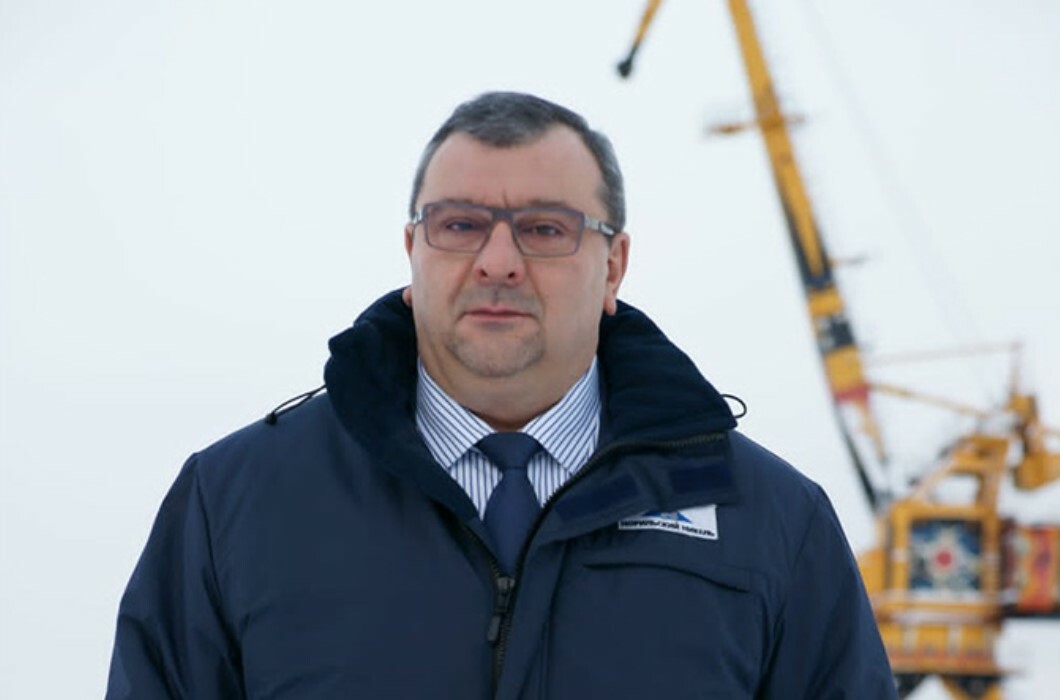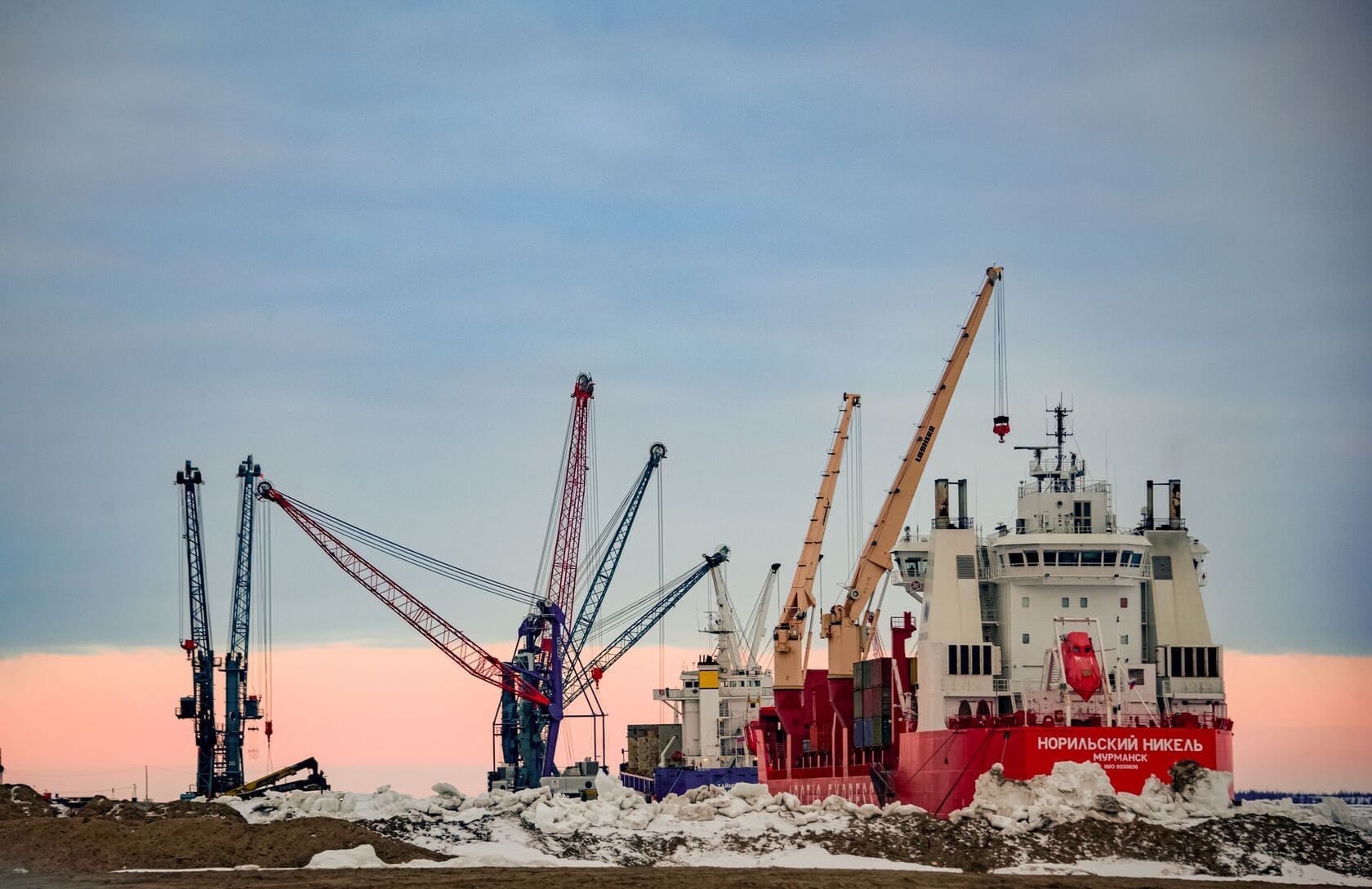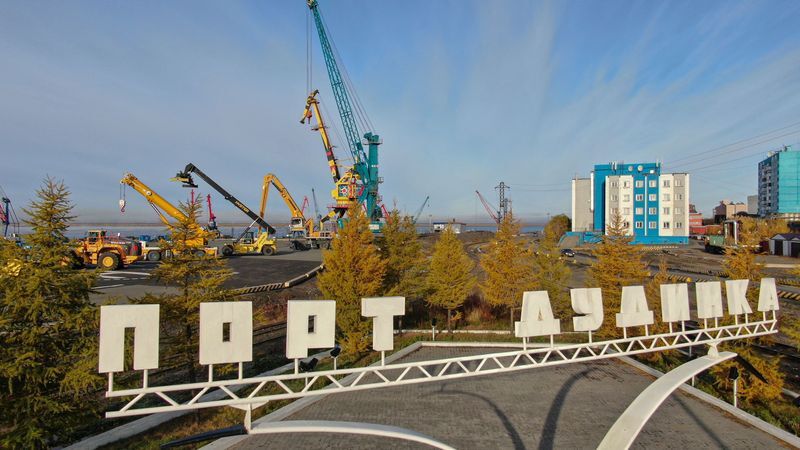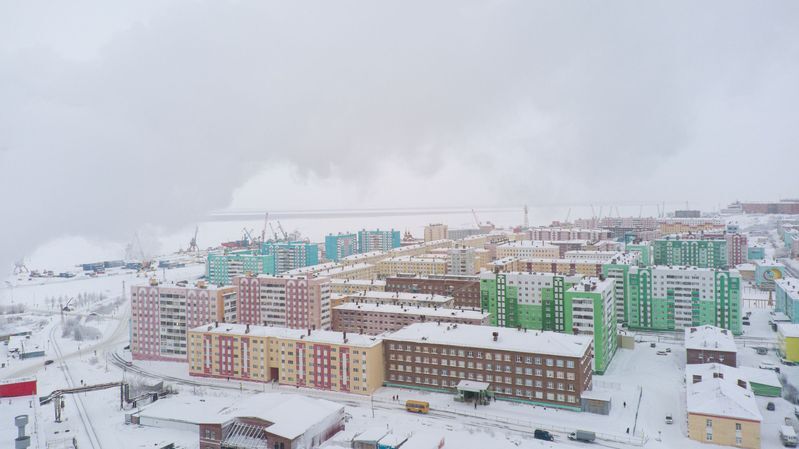Ice floes up to 2 meters wide damage Dudinka port berths every year. The water rises up to 20 meters and floods the port. Alexey Novakov, the Port Director, tells us how to ensure a sustainable supply for the Taimyr Peninsula.
- The Dudinka Seaport is the northernmost and the only port in the world that is flooded annually. How do you cope with the situation?
- This is a typical situation for us, and ours is the world’s only ports like this.
About the middle of May, we stop winter navigation and evacuate all infrastructure that supports the facility's operations. When the berths are released from the water, we assess the damage.
There is always damage because the ice drifting along the Yenisei is one of the most crushing in the world. Ice floes can reach the height of a four-story building. They damage berths, railroad and crane tracks, and power lines. All these things need to be restored. We strive to work as quickly as possible to receive and dispatch cargoes from Nornickel and other companies again.
- This is a typical situation for us, and ours is the world’s only ports like this.
About the middle of May, we stop winter navigation and evacuate all infrastructure that supports the facility's operations. When the berths are released from the water, we assess the damage.
There is always damage because the ice drifting along the Yenisei is one of the most crushing in the world. Ice floes can reach the height of a four-story building. They damage berths, railroad and crane tracks, and power lines. All these things need to be restored. We strive to work as quickly as possible to receive and dispatch cargoes from Nornickel and other companies again.

- How long does it take to get the port back up and running?
- Several weeks. Berths of 8 meters in height against the Baltic elevation are the most affected. They are used for unloading sea class vessels that come to us from Murmansk, Arkhangelsk, and the Kara Sea, i.e. from the Northern Sea Route.
Berths which are 14 meters high are located at the Dudinka River. They are flooded less, and we start operations there earlier, as soon as the ice flow passes. River vessels and barges with essential foodstuffs for Arctic residents go to these berths.
- Several weeks. Berths of 8 meters in height against the Baltic elevation are the most affected. They are used for unloading sea class vessels that come to us from Murmansk, Arkhangelsk, and the Kara Sea, i.e. from the Northern Sea Route.
Berths which are 14 meters high are located at the Dudinka River. They are flooded less, and we start operations there earlier, as soon as the ice flow passes. River vessels and barges with essential foodstuffs for Arctic residents go to these berths.













